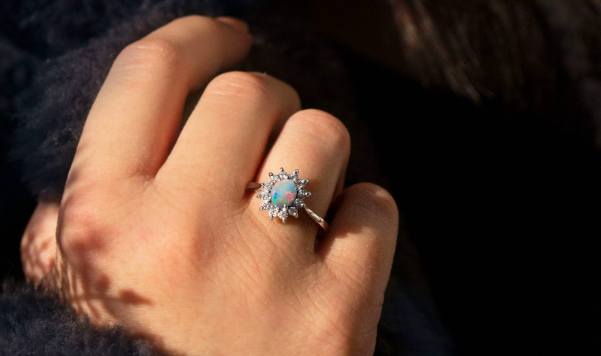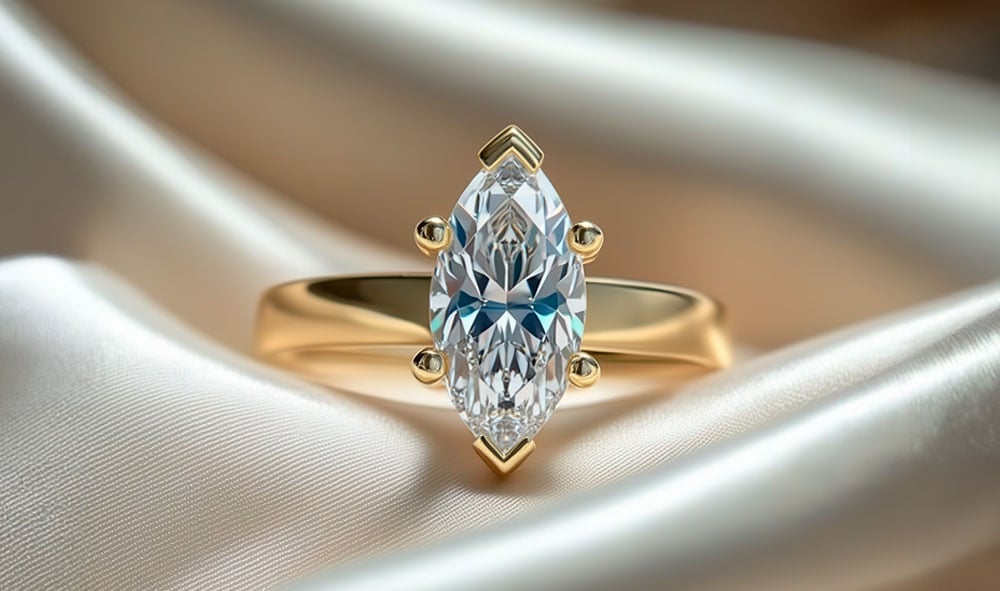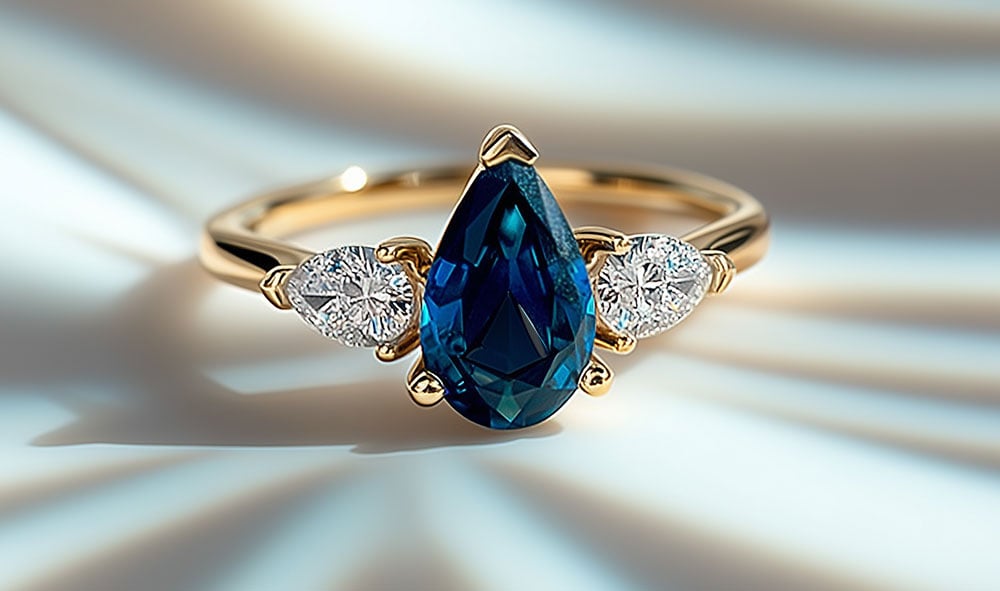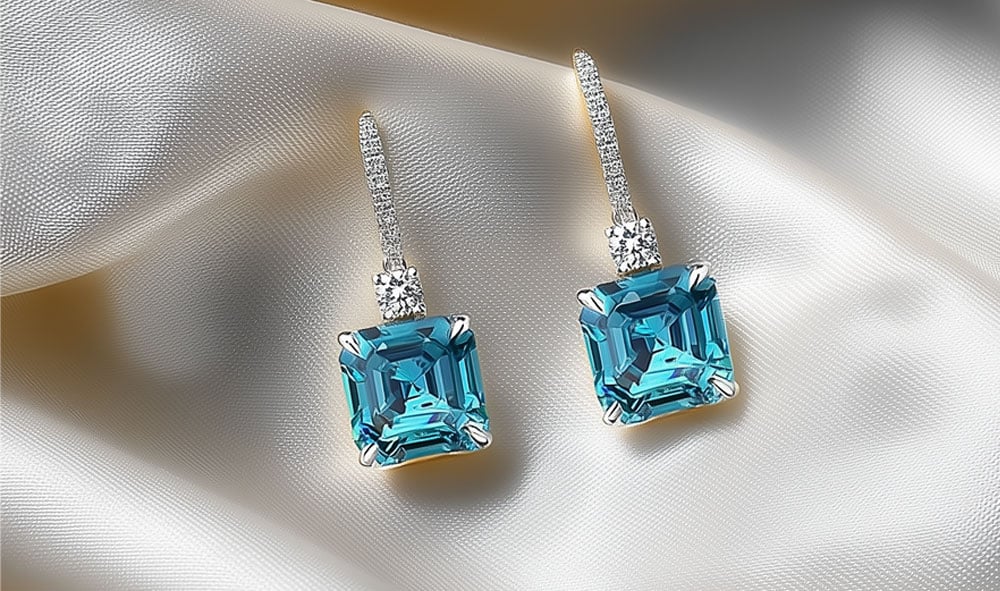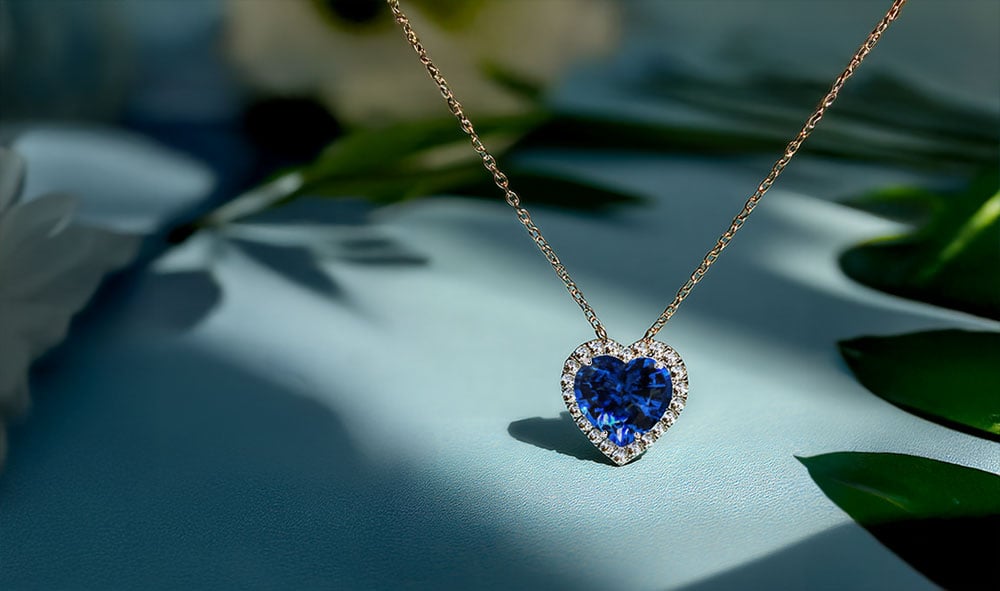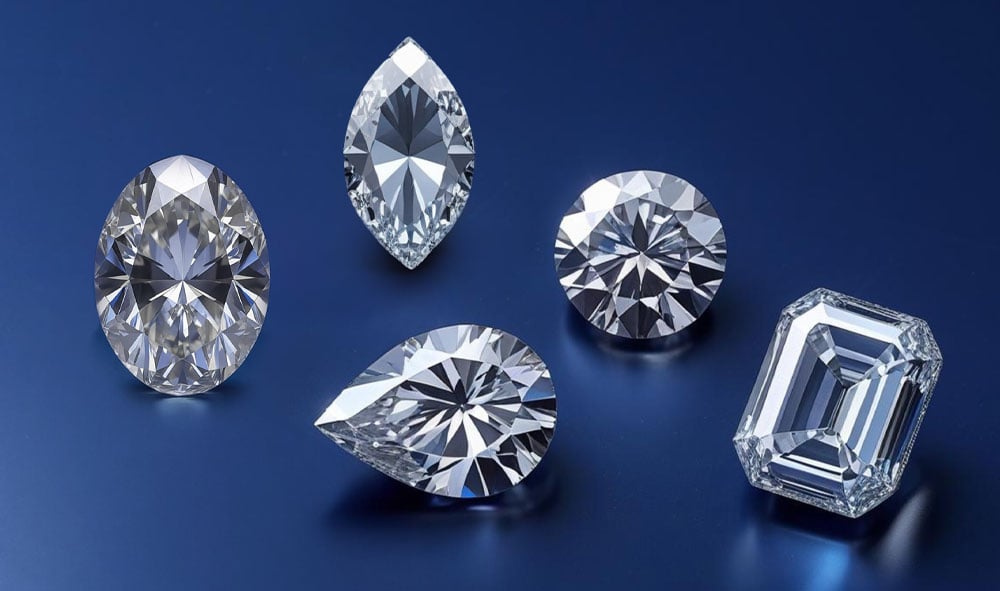If you’re looking to buy a diamond ring in London, you’ll want to make sure you go to the right place, speak to the right people, and feel completely confident...
Read more »-
-
This Black Friday, your dream proposal doesn’t have to wait. Whether you’re preparing to pop the question over the festive period, or planning ahead but...
Read more » -
Brighton is known for its creative charm, cobbled seafront and bohemian spirit, but it also sparkles for another reason. Tucked away on the East Sussex...
Read more » -
Buying an engagement ring is one of the most meaningful purchases you’ll ever make for your other half, so it deserves careful thought. Between the excitement...
Read more » -
If you were born in October, you have two birthstones to choose from, tourmaline and opal. Opal is renowned for its rainbow spectrum of colours, representing...
Read more » -
Have you ever heard the term ‘fluorescence’ when jewellery shopping and wondered what it actually means? In this guide, we’ll share the definition of the...
Read more » -
Whether you or your partner is celebrating a September milestone or you’re researching monthly birthstones, you’re in for a treat. The sapphire, a gemstone...
Read more » -
Have you ever wondered why brides carry something blue on their wedding day? Weddings are a blend of romance and dedication, and whilst modern couples...
Read more » -
Every shiny gem carries its own story, but only a handful earn the title “precious”. From the crown-jewel diamonds to the fiery allure of rubies, precious...
Read more » -
Peridot is the first birthstone that comes to mind if your loved one was born in August and you are looking for the perfect gift, why not peridot jewellery?...
Read more » -
When shopping for a diamond, you’ll often hear the term carat weight, but what does carat mean in diamonds exactly? In its simplest form, a carat is the...
Read more » -
Diamond cutting is the process of transforming a rough diamond into the different diamond shapes we see on the market today. However there is so much more...
Read more »
As we are jewellery experts at Shining Diamonds, our priority is to ensure you find a diamond that has as much sparkle as you. Our Shining Diamonds blog educates you on different styles of jewellery and offers romantic inspiration for important occasions, such as proposals or weddings. At Shining Diamonds, we don’t want to just supply you with a ring, but be with you every step of the way throughout your wedding journey. The articles on this page split into categories such as education, lifestyle, weddings and engagements. The education articles inform readers of all important aspects of jewellery, such as cultural background, why certificates are important and a guide to metals or diamond cut. The lifestyle section helps you find jewellery perfectly suited to you, such as which diamond shape defines your style, or which ring setting is suited to your day to day activities. The weddings articles cover all of your wedding woes, from venue to place cards. Finally, our engagement section discusses all things romantic, such as advice and inspiration for proposals, or romantic quotes for your loved one.







